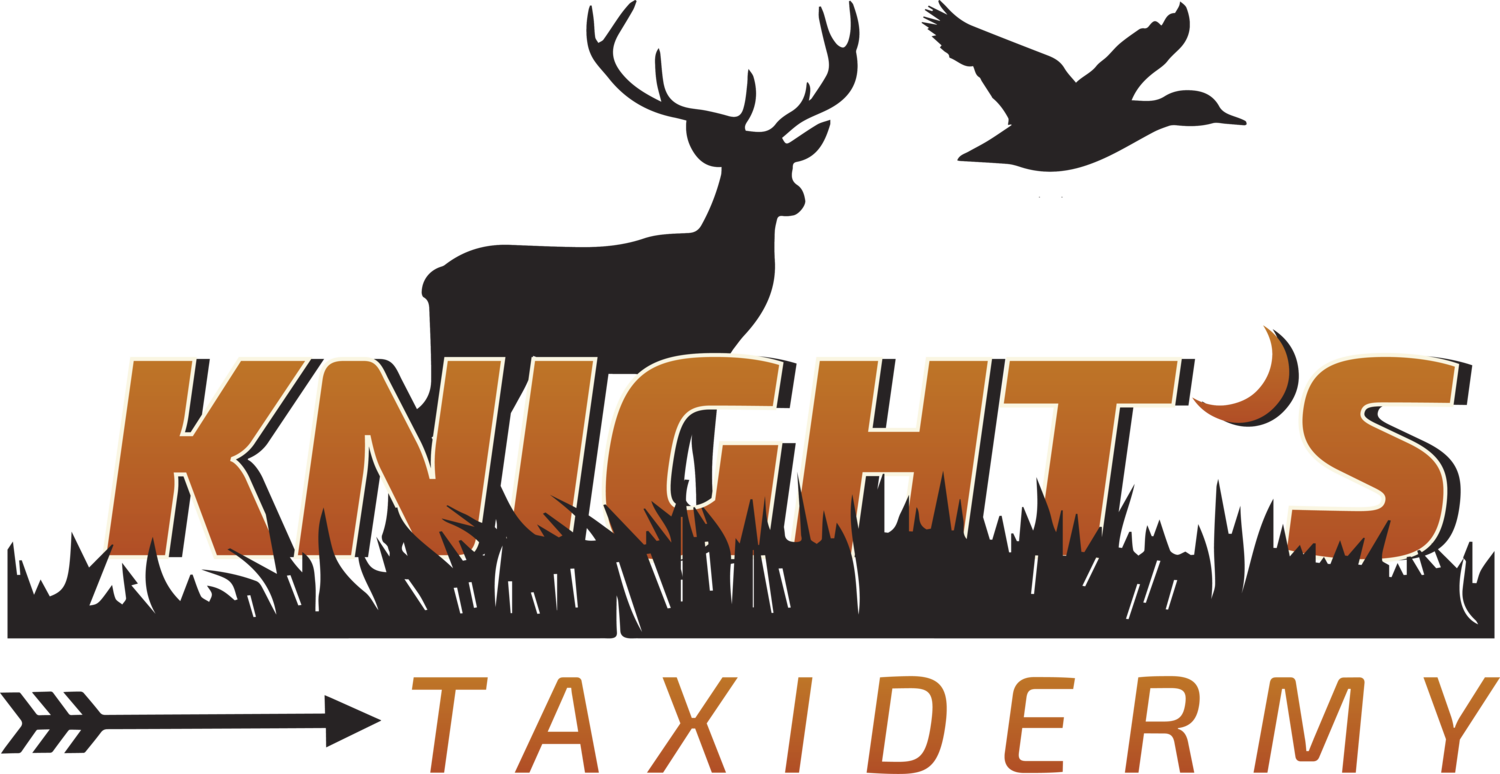Every mount tells a story. To some, taxidermy might seem like just a display —a deer on the wall, a fish on the mantle, or a bird in flight, frozen in time. But for those who know, each mount holds a memory that goes beyond the glass eyes and preserved hide. It's a story of patience, respect for the outdoors, and the unforgettable moments shared along the way.
For many hunters, anglers, and outdoor enthusiasts, a mount isn't about showing off; it's about remembering. It's the early morning hike through the fog, it's the sound of the leaves crunching. It's the heaviness of that rifle on your back as you climb into that stand. Or the calmness and stillness of the water before the line went tight. It's the bond built between friends and family, the lessons learned from the land, and the appreciation of the animal itself. Every mount becomes a tangible reminder of those experiences. Moments that might otherwise fade with time. When someone walks into a room and sees a buck, bear, or bass mount, it brings the memory rushing back to the owner of the mount, as if it had happened just yesterday.
A skilled taxidermist doesn't just preserve an animal but the moment. Every detail matters, from the positioning of the ears and the natural curve of the neck to the expression in the eyes. These choices bring the story to life once again. At its best, taxidermy is an art form that honors the animal and the experience. It requires craftsmanship, care, and an understanding of the animal's physical anatomy and the hunter's emotions. Each mount becomes a bridge between the outdoors and the home, connecting generations through storytelling and respect for nature.
Whether it's a first hunt, a once- in- a- lifetime catch, or a tradition passed down from parent to child, every mount carries a legacy. It's more than a moment frozen in time; it's a timeless tribute to the adventure that shaped us. So the next time you admire a mount, take a moment to ask about the story behind it. You'll likely find it's not just about what's on the wall, but the memories, lessons, and gratitude that live behind it.
Contact us at Knights Taxidermy today to preserve more than your prize, but to preserve your prized memory.














